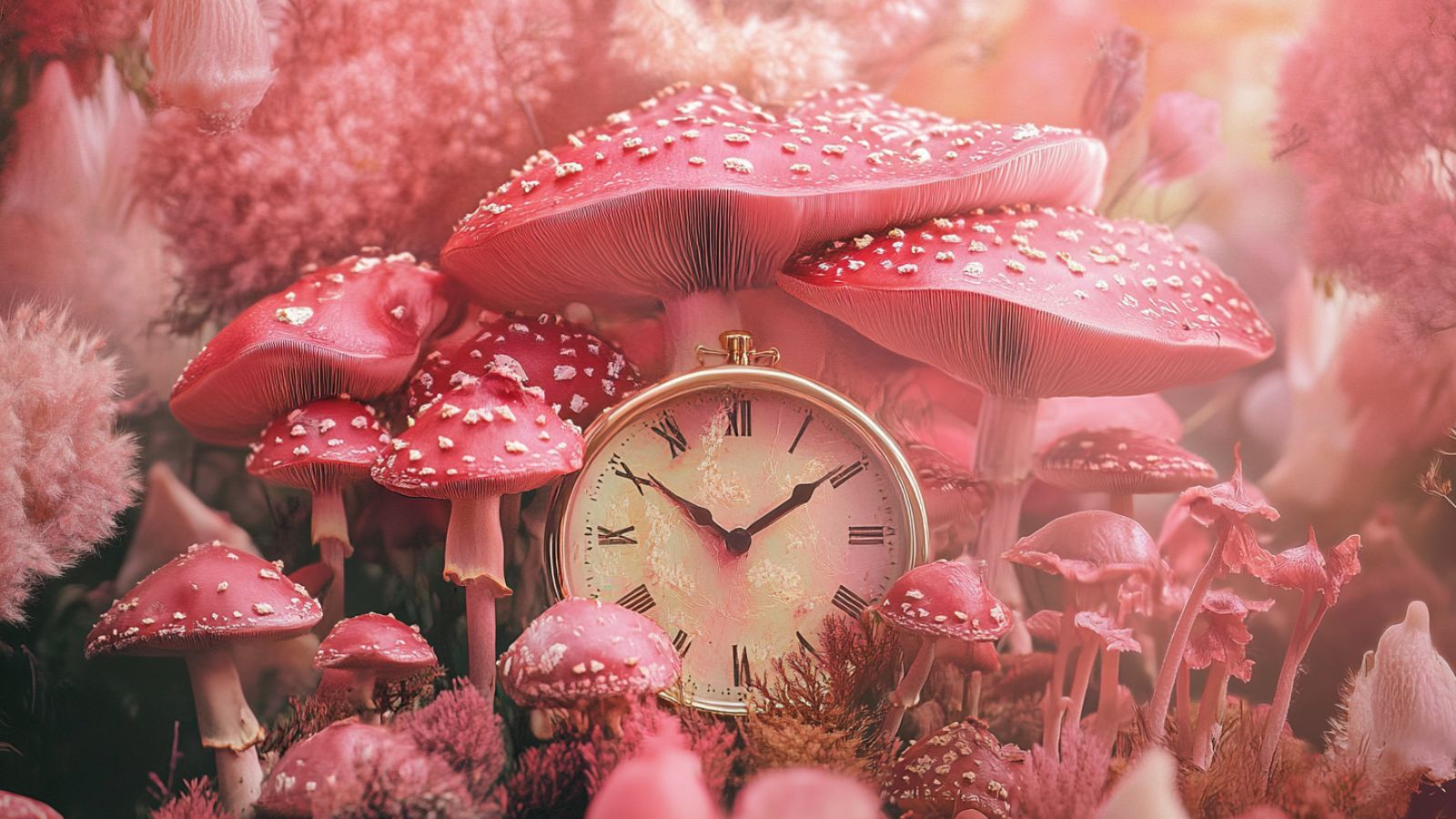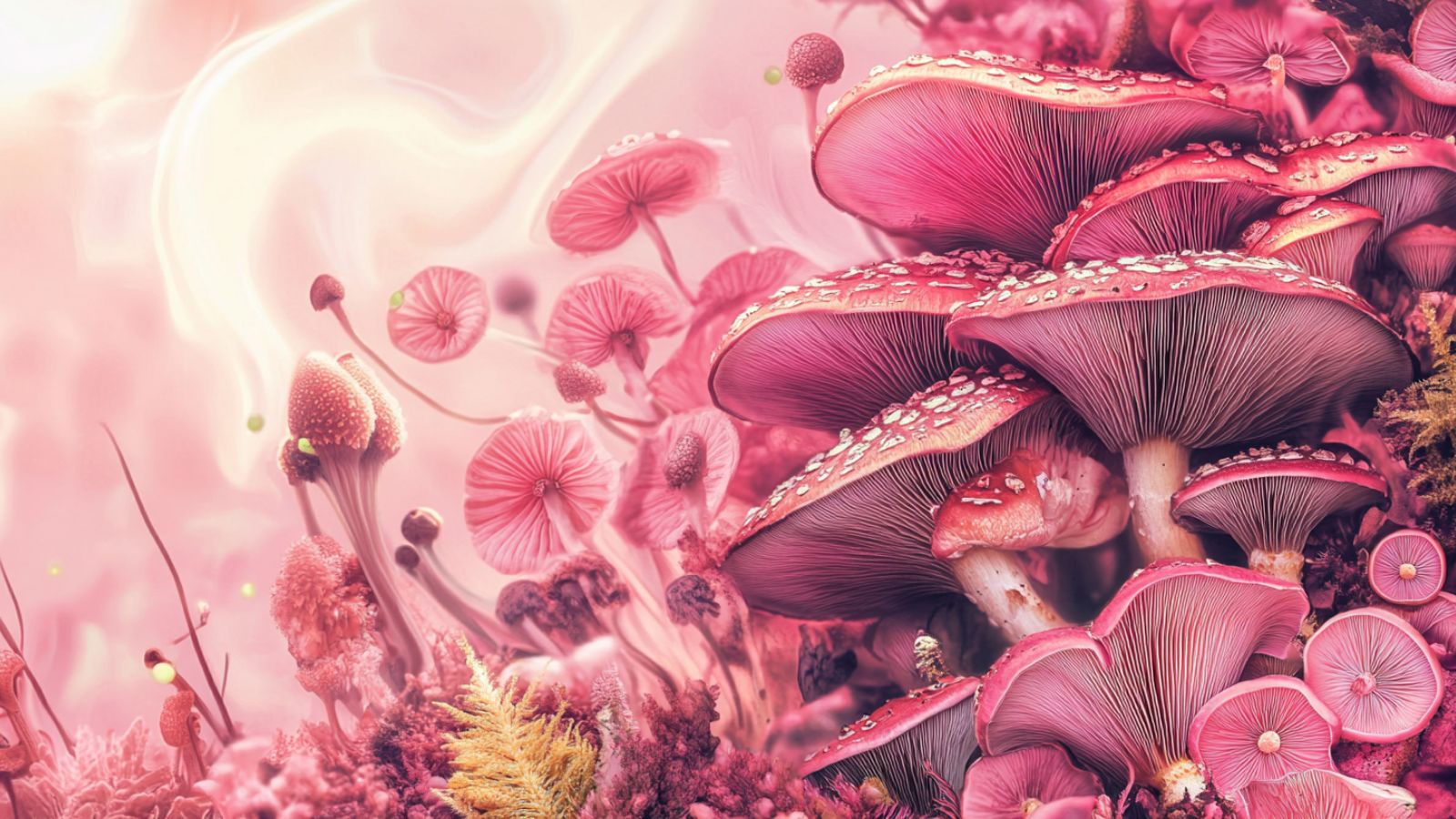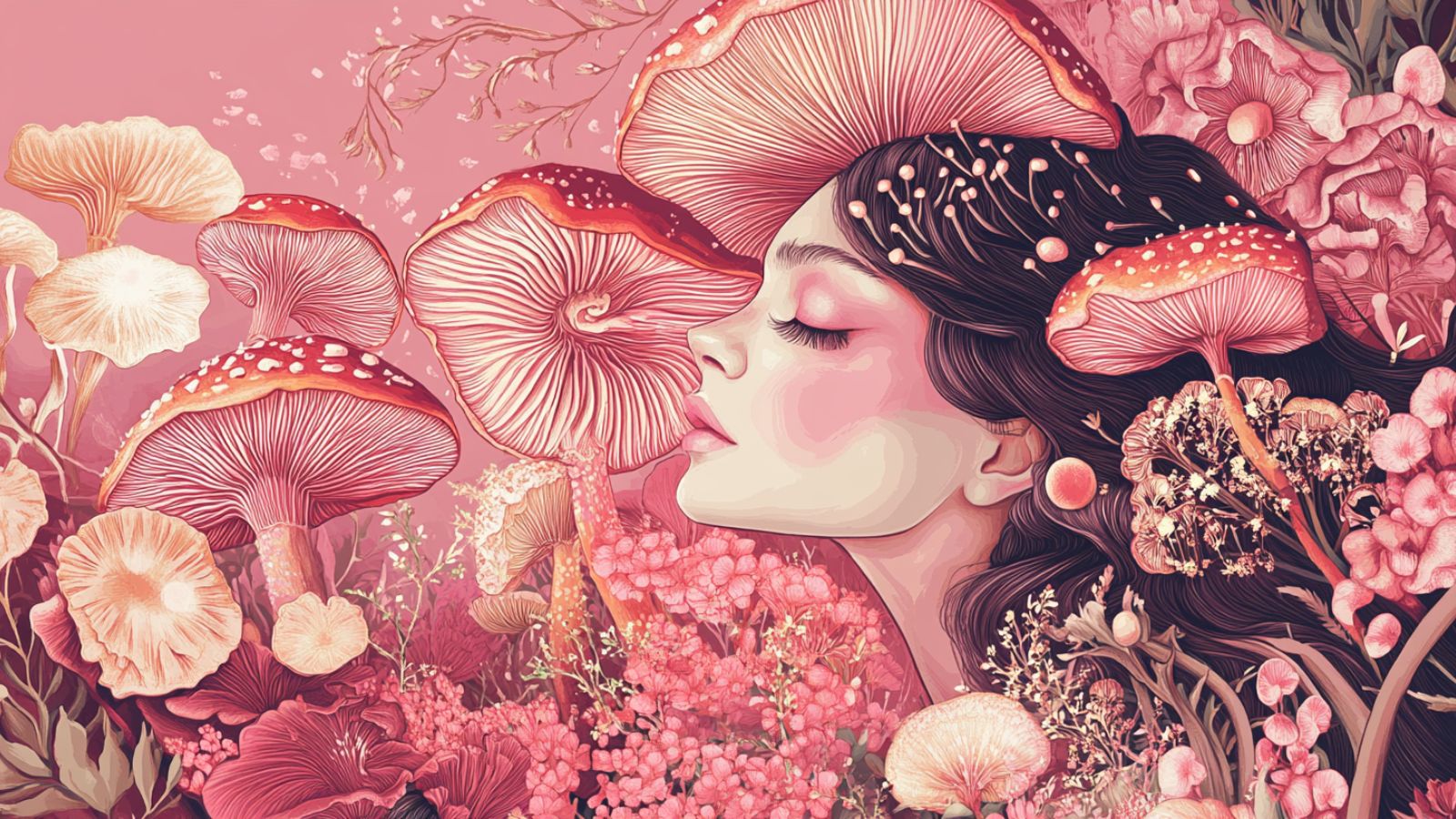When I first started exploring the intersection of cannabis, psychedelics, and women’s wellness, one thing became clear: these conversations are long overdue. Women’s unique biological and emotional needs have been overlooked for far too long—especially in the realm of plant medicine. That’s why my conversation with Jennifer Chesak, author of The Psilocybin Handbook for Women, feels so essential.
Chesak highlights the glaring gaps in research and reveals how psilocybin—those magical fungi with transformative potential—can address women’s health in ways we’re only beginning to understand. From chronic pain and eating disorders to grief and the menstrual cycle, Jennifer connects the science, stories, and cultural wisdom that are finally coming together.
This article dives into the complexities of psilocybin’s role in women’s wellness, breaking down outdated paradigms and opening space for a conversation that’s been silenced for too long. If you’re ready to explore how psychedelics can go beyond symptom relief to unlock true healing—this is for you.
Understanding Psilocybin’s Unique Role in Women’s Wellness
The conversation surrounding psychedelics is evolving, and psilocybin—commonly known as magic mushrooms—is at the forefront. This is especially true in the realm of women’s health, where its potential is only beginning to be understood. Jennifer Chesak, author of The Psilocybin Handbook for Women, shares eye-opening insights into how psilocybin interacts with women’s unique biology and addresses conditions disproportionately affecting them.
What stands out immediately is the glaring disparity in research. Chesak points to a troubling history: women were excluded from early-stage clinical trials until the 1990s. This has led to a significant gap in understanding how treatments, including psychedelics, affect women differently than men. For instance, while men often use psychedelics recreationally, studies like the 2020 Global Drug Survey reveal that women frequently turn to psychedelics to self-treat physical and mental health conditions.
Bridging the Research Gap in Women’s Health
Take smoking cessation as an example. Most treatments focus on nicotine receptors—receptors that differ between men and women. These disparities underscore the need for more targeted research. Psilocybin’s potential in areas like chronic pain, migraines, and endometriosis highlights how this compound could address both the conditions and their symptoms.
Chronic pain, for instance, affects a staggering number of women. While cannabis has been a go-to for managing this pain, psilocybin offers unique benefits. Its ability to reduce inflammation and influence brain pathways related to pain could make it a game-changer. Moreover, psilocybin’s applications in mental health conditions like eating disorders reveal its capacity to tackle underlying neurological differences.
From Symptoms to Root Causes: A New Approach to Eating Disorders
Eating disorders, a topic deeply personal for many women, are notoriously difficult to treat. Traditional approaches often emphasize behavior modification rather than addressing root causes. Psilocybin, however, offers hope by targeting brain regions associated with cognitive rigidity and emotional avoidance—traits that perpetuate disorders like anorexia. Research suggests psilocybin could enhance brain-derived neurotrophic factor (BDNF) expression, which is linked to neurogenesis and potentially beneficial for conditions rooted in brain dysfunction.
This distinction between symptom relief and root cause intervention is where psilocybin shines. Unlike cannabis, which might stimulate appetite and alleviate immediate discomfort, psilocybin dives deeper. It fosters neuroplasticity, helping to break rigid thought patterns and encourage healthier behaviors.

Psilocybin and the Menstrual Cycle: Timing Matters
An intriguing topic Chesak explores is how psilocybin interacts with the menstrual cycle. Indigenous wisdom and emerging science converge here, highlighting the importance of timing. The menstrual cycle operates on the hypothalamic-pituitary-gonadal (HPG) axis, which overlaps with the hypothalamic-pituitary-adrenal (HPA) axis—the body’s stress response system. Psilocybin activates serotonin receptors on the HPA axis, which can, in turn, influence the HPG axis.
For optimal outcomes, Chesak recommends planning psilocybin journeys around the ovulatory phase. During this time, the body is less insulin-resistant, energy levels peak, and fasting—a common preparatory practice—becomes more manageable. Timing sessions during menstruation, when the body demands more nutrients and experiences heightened stress responses, might lead to challenging experiences. This alignment of indigenous practices and modern science is a perfect example of “two-eyed seeing,” a concept Chesak highlights that blends indigenous knowledge with scientific research.
Psilocybin’s Role in Grief and Isolation
Grief is another area where psilocybin shows promise. From personal loss to systemic challenges like postpartum depression and miscarriage, women often carry these burdens in silence. Psilocybin, through its ability to reduce amygdala reactivity and quiet the default mode network, can foster healing by allowing individuals to process and reframe their experiences. Chesak’s own use of psilocybin to navigate grief offers a testament to its potential.
Critically, psilocybin doesn’t erase pain but facilitates integration. Pairing sessions with guided therapy and post-journey reflection ensures these experiences translate into lasting change. This stands in stark contrast to more socially accepted coping mechanisms like alcohol or benzodiazepines, which often exacerbate the underlying issues.
Navigating Safety: Consent and Responsible Use
While psilocybin’s benefits are profound, its use is not without risks. One of the darker aspects of the psychedelic community is the potential for abuse by facilitators. Chesak underscores the importance of vetting guides and ensuring pre-session conversations about consent. Using the FRIES acronym—Freely Given, Reversible, Informed, Enthusiastic, and Specific—she lays out a framework to safeguard against violations.
Having trusted facilitators, ideally, plus a team representing both masculine and feminine energies creates a safer environment. As Chesak notes, even well-meaning guides must be held to the highest standards, as psilocybin sessions leave individuals highly vulnerable.
Challenging Stigma Through Open Dialogue
The stigma surrounding psilocybin use remains a barrier. Despite its therapeutic potential, its association with recreational drug culture complicates its acceptance. Interestingly, Chesak observes less stigma surrounding psilocybin compared to cannabis. This could reflect shifting perceptions as research sheds light on its benefits.
Open conversations about psilocybin—its uses, risks, and cultural significance—are essential. Chesak’s advocacy for decriminalization and education aims to break down barriers, allowing more people to explore this transformative substance responsibly.

The Future of Wellness for Psilocybin and Women
The landscape of women’s health is changing, and psilocybin could play a pivotal role. As research catches up to Indigenous wisdom and personal narratives, its potential to address conditions from chronic pain to grief becomes clearer. But with this potential comes responsibility—to ensure safe, informed use and to dismantle the stigma that keeps many from accessing its benefits.
Chesak’s work is a call to action: to prioritize women’s unique needs in psychedelics research, to honor the sacredness of these substances, and to advocate for policies that make their therapeutic use accessible to all. The journey has only just begun, but the promise of psilocybin is undeniable.















